
BREXIT spells much uncertainty for Spanish fruit and veg on its way to the UK.
Import tariffs, working restrictions, border queues – the list goes on.
But this year began with Spain’s fresh produce facing down a series of threats much closer to home.
Pests and parasites. Not the Westminster kind but the insect, fungal and animal varieties.
In March came news from the north of Spain that olive harvests had decreased by as much as 50% in some areas.
The olive fly was behind the devastation in Aragon, one of Spain’s worst-hit regions.
More recently, the Government of the Balearics announced it was flying 46 people out to California to study the Xylella bacteria, another pest which attacks olives.

The pathogen has decimated crops in Mallorca, when after it was found on the island for the first time in November 2016.
But it isn’t just olives, Mallorca and Ibiza’s almonds are also under threat.
In Palma, a study of Xylella was conducted on 17 almond and 29 olive varieties to test which are the most resistant.
But Balearics nuts also face an assault by the Asian wasp ‘Vespa velutina nigrithorax’, which has brought significant economic damage to the region.
Earlier in the year, it emerged that the Costa Blanca had seen its bee hives on the decline by 13.5% over the past decade.
Some bad business in the past 10 years didn’t help but a small mite called the ‘Varroa destructor’ which clings to bees and slowly kills them definitely played its part.
In February the news broke that Malaga was already beginning to import prickly pears – or chumbos – which usually doesn’t happen until the end of summer when stocks run low. The reason: cochineal beetles. A plague sweeping through Spain saw some plantations totally wiped out.
Now avocado harvests are firing up and set to keep growers busy until mid-May – that’s if the avocado’s arch nemesis – the ‘Rosellinia necatrix’ fungus – doesn’t wreak its usual havoc.
But there is hope on the horizon.
Recently Andalucian researchers discovered that a unique fungus is able to surround an avocado tree, fighting off Rosellinia necatrix while leaving the plant unharmed.
‘EnHV1’ is the name of this heroic pathogen.
But while there may be an answer to ensure the continuation of the avocado boom, not all Spanish crops are created equal.
Here we look across Spain for the fruit and veg most under threat from pests.
Prickly pears
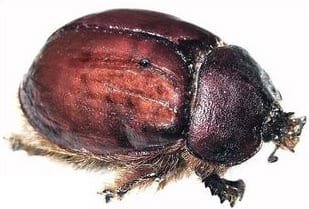
The cochineal beetle is farmed and bred to produce the ‘carmine’ dye that colours red food and many other products. But in Spain it is the enemy of the prickly pear, locally known as the ‘chumbo’ and the fruit this bothersome beetle likes to call home.
In February a beetle plague devastated crops in five Andalucian provinces: Cadiz, Huelva, Malaga, Granada and Almeria.
Only Cordoba and Almeria are still growing prickly pears with each province having just 12 and two hectares of dedicated land respectively.
The fruit you can often pick up from a roadside seller for next-to-nothing had to be imported early on in the season from as far away as Sicily, with prices oscillating between €2.40 and €3.50 a kilo.
Honey
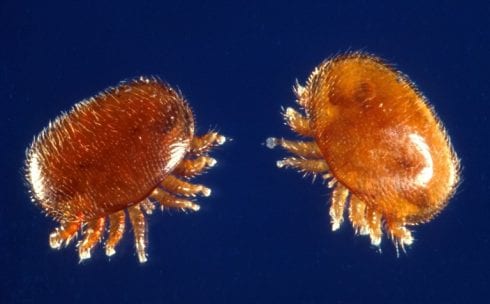
For honey-lovers bees are man’s best friend but the ‘Varroa destructor’ is definitely not the best friend of bees.
This parasitic mite feeds on the bee’s fat reserves by latching on to its abdomen and slowly killing the insect. And the Costa Blanca is one of the areas where honey production is most at risk from this pest.
It emerged in February that 13.5% of Valencia’s hives had disappeared since 2008, while bee organisation Asaja Alicante said it was at a ‘clear disadvantage’ to other communities.
Meanwhile Jose Luis Herguedas, secretary of the Apicultural Fair Foundation, said: “At the moment, it is the disease that is causing the greatest number of bee deaths in apiaries.”
Chestnuts
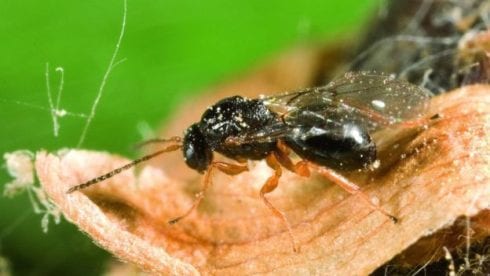
At this time of year pests pose little threat to chestnuts but come October, all hell looks set to break loose in Andalucia again.
Last Christmas, the chestnut gall wasp from China was responsible for plunges in the crop’s production of up to 30%.
The tiny Asian creature was behind a trail of destruction in Ronda’s Genal Valley where chestnuts bring in €10 million annually.
The female of this wicked wasp species lays eggs in the buds of the tree, disrupting the fruiting process and reducing the yield of a tree by up to 70%.
Avocados
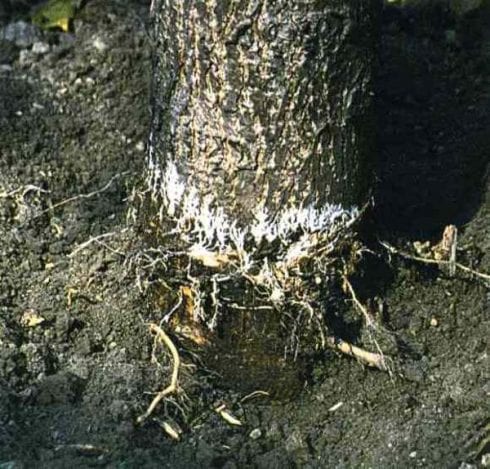
The ‘green gold’ is Alicante’s most important crop, yielding a bumper harvest of over 600,000 kilos in 2017 – 50% up on the previous year.
Spaniards devoured 19 million more avocados than they ate in 2017, a 35% increase, according to the World Avocado Organisation.
But avocado amor could be nipped in the bud if ‘Rosellinia necatrix’ has its evil way. This fearsome fungus rots the plant’s roots, an affliction that could prove fatal to the Spanish avocado sector.
The Hass avocado – the common bumpy kind, which accounts for 70% of national production – is particularly susceptible to this predatory pathogen.
So despite scientists locating a ‘counter fungus’ in the EnHV1, to rely so much on one variety of avocado could spell trouble for Spain in the future.
Olives
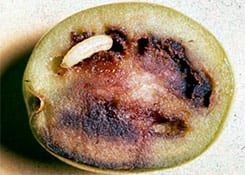
Aragon in northeastern Spain has just rounded off the olive season from hell – largely thanks to its foe, la mosca del olivo – the olive fly.
Some areas in the region have seen downturns of 50% compared to last year thanks to the pesky insect.
But Mallorca too faces an olive threat, namely the ‘Xylella fastidiosa’ bacteria, which can be carried by 309 different insects.
This pathogen can cause ‘olive quick decline syndrome’, which can cause the fruit to whither and drop from the tree prematurely, or cause fungal infections.
Female flies can also lay larvae in olives which can lead to a 30% decrease in yield.
Almonds

Ibiza saw a devastating 65% drop in its almond harvest last year, while neighbouring Mallorca experienced a 40% drop.
As well as bad weather, the Xylella bacteria was largely responsible for this nut slump.
The Balearic Islands are famous for almonds, producing most of Spain’s 60,000 tonne total last year.
Bees pollinate about 80% of the Balearics’ cultivated and wild plants, including almonds but they also have a nemesis: the Asian wasp ‘Vespa velutina nigrithorax’, which wreaks significant economic and ecological damage on the insect’s populations.
The threat from this pest to the region is so real that an app – Vespapp – was even designed at the University of the Balearic Islands in order to detect Asian wasps.

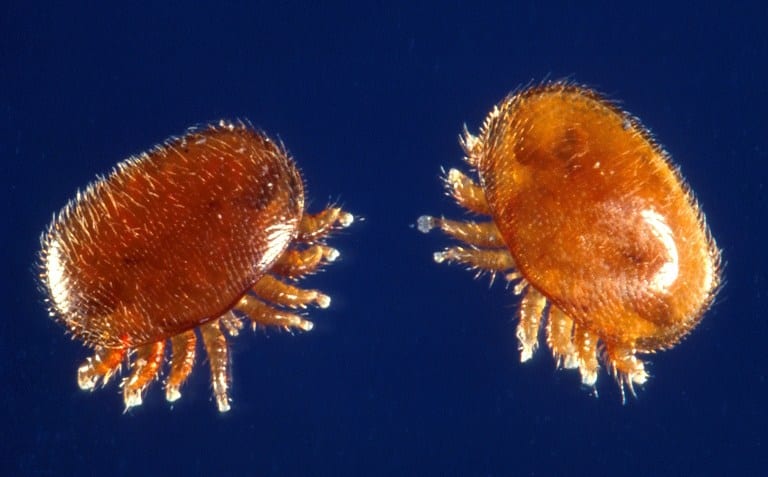







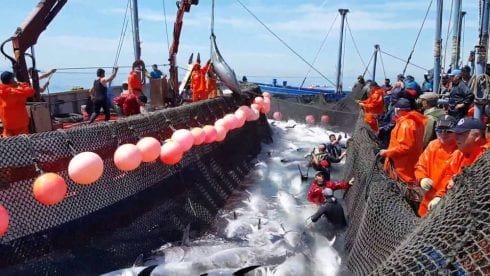


Shame “Brussels” could not find a “Deal” that the UK could agree to.